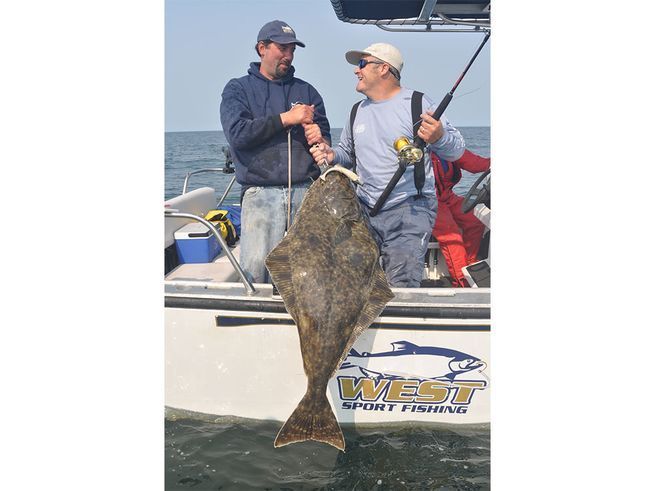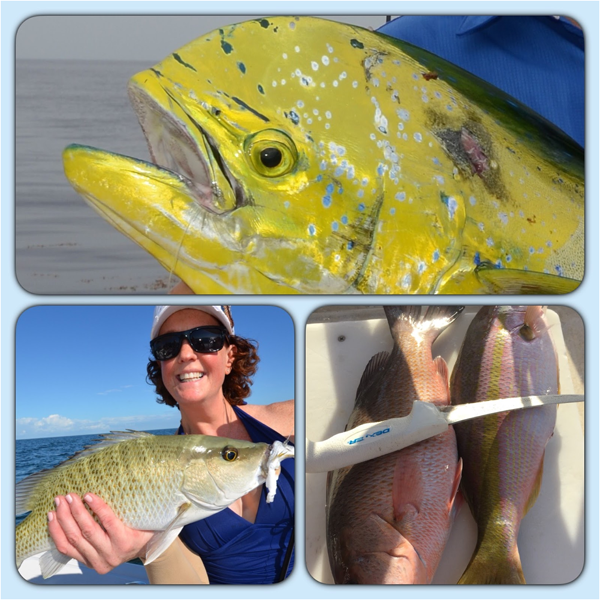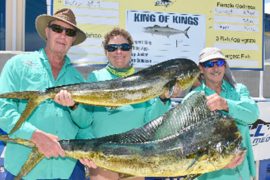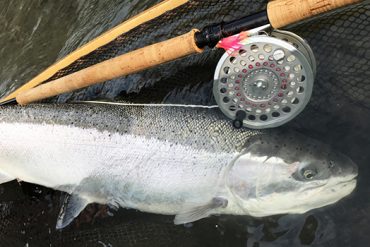
For many years when I fished at deep-water destinations outside of the tropics — such as in British Columbia, Iceland and Norway — I only used metal jigs in various shapes, sizes and colors for species like cod, halibut, lingcod and rockfish. However, I don’t think I’ve used a jig on my last dozen trips; instead I favor dropping weighted shads such as the Storm Wildeye Giant Jigging Shad and the smaller Storm Ultra Shads.
Play Video
Play
Loaded: 0%
Progress: 0%
Remaining Time -0:00
This is a modal window.
Foreground — White Black Red Green Blue Yellow Magenta Cyan — Opaque Semi-Opaque
Background — White Black Red Green Blue Yellow Magenta Cyan — Opaque Semi-Transparent Transparent
Window — White Black Red Green Blue Yellow Magenta Cyan — Opaque Semi-Transparent Transparent
Font Size 50% 75% 100% 125% 150% 175% 200% 300% 400%
Text Edge Style None Raised Depressed Uniform Dropshadow
Font Family Default Monospace Serif Proportional Serif Monospace Sans-Serif Proportional Sans-Serif Casual Script Small Caps
Defaults Done
I find several advantages to using rubber shads versus metal jigs. When using the larger sizes, you catch bigger fish, as the small fish simply can’t fit the big lures in their mouths. Also, jigging often results in foul-hooked fish; with shads, almost every fish you catch will be cleanly hooked in the mouth. Finally, when fish bite a metal jig, they immediately realize it’s not real. When they grab a rubber shad, most remain interested for surprisingly long distances before finally eating the bait.
The larger jigging shads typically weigh in excess of 16 ounces, and they can measure 12 inches or more in length. Smaller weighted shads range from 6 to 8 inches long and weigh 4 to 6 ounces.
I fish heavier shads using a 20- to 30-pound-class boat rod matched with a Shimano Torium 16 or 20 high-speed reel, which makes cranking lures from deep water as easy as possible. I load…





